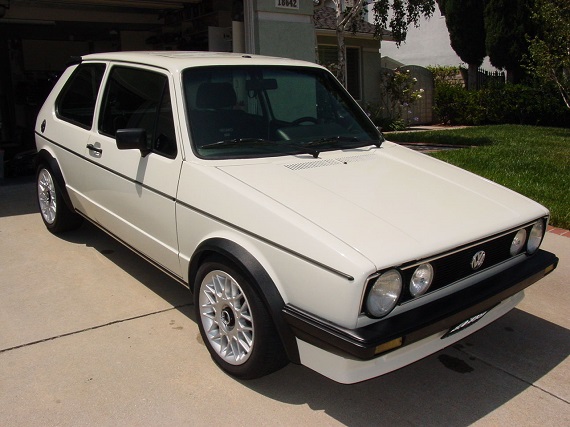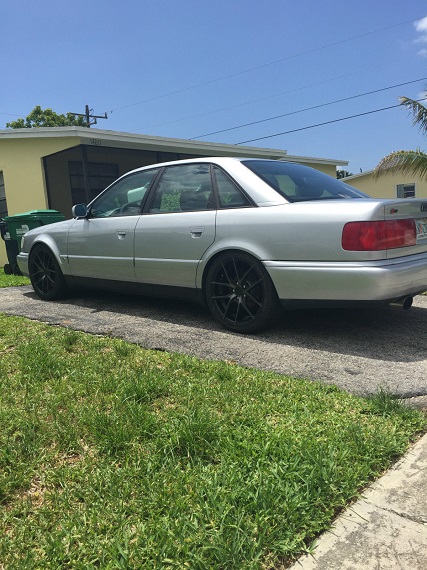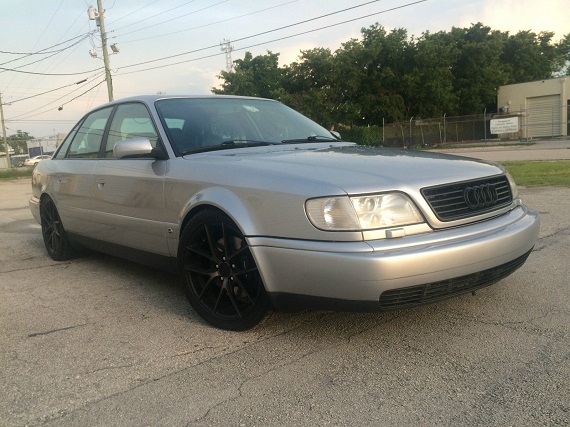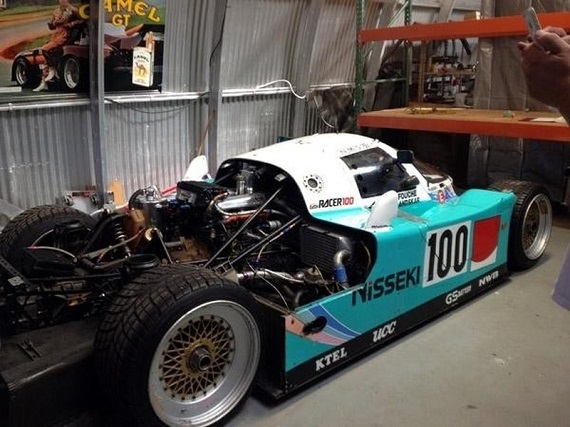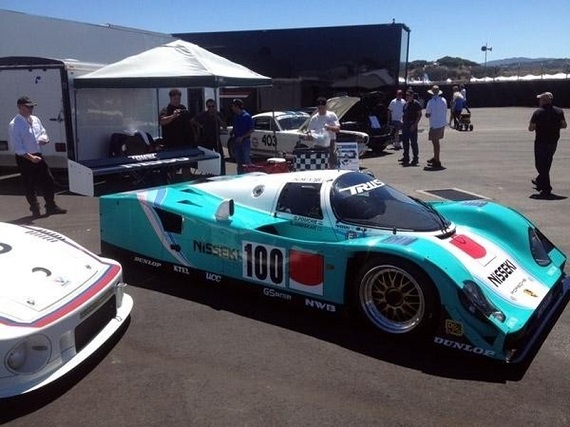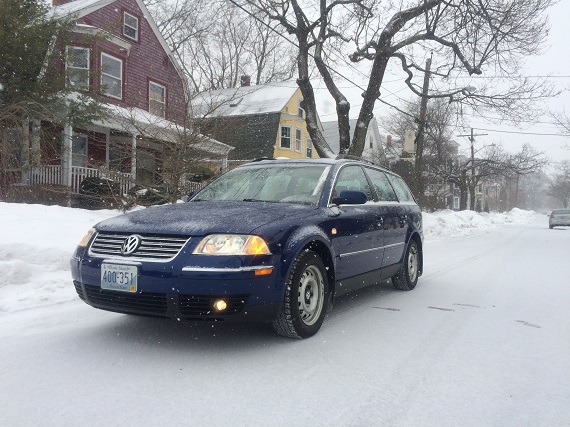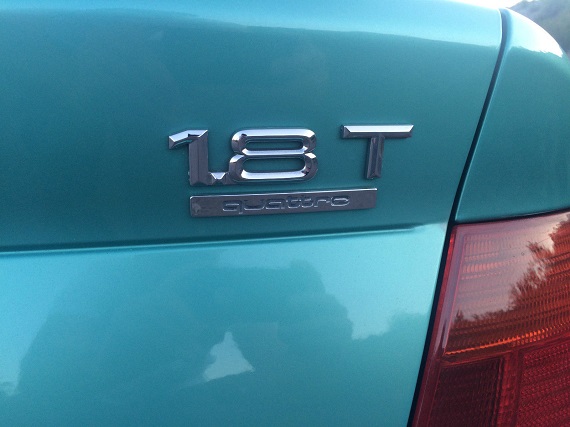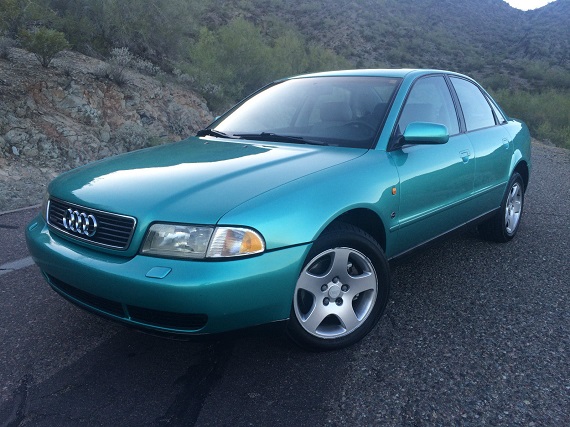I was at my mechanic’s just the other day picking up my Passat when he asked me to give him a hand pushing a Mini Cooper S with a blown motor out of the way. He laughed as it rolled to a stop and remarked how heavy it was for such a small car. Of course, BMW made up for this by upping the power and the first of the new Minis is still a hoot to drive in S form, but he said to me “I’d rather have an original GTi”. I concurred; a legend even in its own time, the A1 GTi’s magic has never really been replicated by even Volkswagen themselves. Sure, there are faster, better built and better looking hatchbacks, but there’s something magical about the original – right down to the crazy stories both of us had about 11/10ths driving, flinging the small hatch at corners, overpasses, underpasses, small pets and occasionally pedestrians with abandon. Has all of that nostalgia turned into dollar signs in today’s market, though?
Author: Carter
The Audi C4 platform has been a perennial favorite tuning platform; just the other day in my Facebook feed a quick video popped up of an original S4 putting out over 1,000 horsepower at a staggering 11,000 RPM on a dyno. If that alone doesn’t tell you a bit about the stoutness of the turbocharged 5-cylinder mill, then perhaps the multitude of 400+ horsepower examples burbling happily along would. At their right foot the owners hold back a soundtrack of 5 barking cylinders which produce tunes that sound roughly like Pavarotti was being squeezed to death by Zeus, replete with lightning bolt cracks and flashes of fire in the sky with every shift. But properly building an AAN or other turbocharged 5-cylinder to handle really heavily increased boost will quickly double the purchase price of your budget S4/S6. So, is it a better proposition to buy one that’s done?
CLICK FOR DETAILS: 1995 Audi S6 on eBay
4 CommentsWhen pondering this Porsche 962, I couldn’t help but try to analyze why I romanticize about the Group C era so much. For the best part of a decade, if you wanted to win in Group C, there was really only one car to drive – the Porsche 956/962. Sure, there were inter-team and extra-team battles between full factory and privateer efforts, but let’s just say that the diversity at the end of the race was not particularly staggering. Then there was attrition; both with cars and drivers, as this seriously dangerous time period moving heavily into aerodynamics revealed the fragility of not only the engineering, but the humans that attempted to control it. Yet, combining some great liveries, a swoopy, low-slung body, some gold BBS magnesium wheels (or better yet, the BBS Turbofans!) is still the most iconic period in endurance racing in my mind. This is somewhat ironic, since with the WEC today we’re witnessing what is arguably the best racing the series has ever seen with the fastest endurance cars ever produced; often in the 1980s, it was who made it to the end without breaking, crashing or running out of gas. But today, it’s an all-out 6-24 hour sprint as Porsche, Audi and Toyota take three different ethos of building and designing a “hybrid” car and bring them to fans attention. Spectacular? You sure bet it is, and there’s no guarantee of who will win. Yet, when my eyes flash across a 962, I get a flutter in my heart that I just don’t feel looking at the new generation of cars:

